Results 2,251 to 2,260 of 12094
Thread: Anandtech News
-
09-20-12, 12:00 AM #2251
Anandtech: Making Sense of the Intel Haswell Transactional Synchronization eXtensions
Intel has released additional information regarding the Transactional Synchronization technology (TSX) inside their upcoming Haswell processor; it's basically an instruction set architecture (ISA) extension to make hardware accelerated transactional memory possible. What does that mean in the real world? The more cores you get in a system, the more threads you need to keep them busy. Unfortunately, it's not that easy to simply add more threads, as a lot of software scales pretty badly as core count goes up. Even server and HPC software have trouble dealing with the current octal and dodeca cores.
Intel's TSX holds the promise that it can make it easier for developers to produce code that scales well with higher core counts. Even better, code should be easier to debug and get a nice performance boost with minimal effort. In this article we explain how TSX works and how it may enable much better scaling even in legacy software.

More...
-
09-20-12, 08:00 AM #2252
Anandtech: Netgear Updates Entertainment Lineup with Push2TV 3000 and NeoTV 300 Serie
Netgear has been at the forefront in supporting Intel's WiDi initiative on the receiver side. In fact, they had an exclusive on the first WiDi receiver (Push2TV 1000) for close to a year back in 2010. In June, we covered the launch of Netgear's NeoTV Pro NTV200S WiDi / Media Streamer combo. Using Broadcom's BCM7615, it had all the features of the NTV 200 media streamer and also added support for WiDi 2.1 (1080p / HDCP2 / DVD & Blu-ray / 5.1 channel audio etc.)
Today, Netgear is pushing out a number of products targeting the same market at various price points. These include the Push2TV 3000 WiDi receiver and three members of the NeoTV 300 series, the NTV300, NTV300S and the NTV300SL.
Push2TV 3000
Anand recently covered the launch of WiDi 3.5, and briefly mentioned that a new Push2TV receiver from Netgear would be made available at a $59.99 price point. The credit card-sized Push2TV 3000 supports both Intel WiDi 3.5 and Wi-Fi Alliance's Miracast (pre-standard compliance). These technologies allow the user to wirelessly mirror a laptop, smartphone or tablet screen onto another HDMI-equipped display.
 
The PTV3000 is one-third the size of the PTV2000, and supports all the WiDi 3.5 features. It can be powered over USB and Netgear expects consumers to get that from one of the USB ports on the display. However, a power adapter is also available (in the case that the consumer's display doesn't have a USB port). Miracast certification will take place towards the end of 2012 (after the finalization of the specifications). The PTV3000 is priced at $59.99 and available for purchase starting today.
NeoTV 300 Series
The NeoTV 300 series differs from the NeoTV 200 series in two aspects. The first visible aspect is the departure from Adobe Stagecraft 1.2 to a HTML 5 based UI. The second aspect is the replacement of the Broadcom BCM7615 SoC with chips from MediaTek. While the base model (NTV300) has the MTK8633, the two others (NTV300S and NTV300SL) have the Mediatek MTK8653 SoC. Mediatek seems to be a highly secretive company and doesn't seem to have published any of its datasheets online. All the units can connect to the network through wired Ethernet or Wi-Fi. Remote control apps are available for Android and iOS.
The NTV300 is similar to the NTV200 in terms of support for online streaming services, full 1080p HD and 5.1 channel Dolby Digital audio. The NeoTV PRO (NTV300S) has all the features of the NTV300 and also brings the PTV3000's Wi-Di 3.5 supoort feature. The NTV300S also has legacy A/V port (component?)  support (for use with TVs which don't have HDMI ports). The NeoTV MAX (NTV300SL) has all the features of the NTV300 and NTV300S. It adds support for local media playback (over USB). It is also a DLNA DMR (Digital Media Renderer). The remote is similar to that of the Boxee Box's, with simple navigation buttons on one side and a QWERTY keyboard on the other. It also supports Vudu's 3D videos when connected to a 3D TV.
 
All the three models are available for purchase today. The NTV300 is priced at $49.99, the NTV300S at $59.99 and the NTV300SL at $69.99.

More...
-
09-20-12, 10:00 AM #2253
Anandtech: LG Optimus G - JavaScript Performance Improving in Final Software
A few days ago we posted some preview performance numbers from the LG Optimus G with Qualcomm's Snapdragon S4 Pro APQ8064 quad core Krait SoC at 1.5 GHz. While OpenGL ES 2.0 performance was where it should have been, one of the things that stuck out was that JavaScript performance in both sunspider and Browsermark was not near where what I was expecting. As always, there's always that caveat which we make note of when testing pre-release hardware that things will change prior to launch, and in this case performance in some areas will increase in the final shipping LG Optimus G software.
I had a long discussion at dinner with LG software engineers responsible for the stock browser, who noted that JavaScript performance will indeed improve in the final shipping version. They let me play with and test an LG Optimus G with an updated software preload running a newer version of the stock browser, with the latest of Qualcomm's V8 JavaScript engine libraries. The software version provided on the LG Optimus G I've been using for the past few days and used for testing was the latest at that time, but still not final, and included an older version of Qualcomm's V8 library. I've re-run the two tests and things have indeed improved. 

I discussed stock browser performance for some time with LG's software engineers, and asked specifically about why OEMs change the stock browser. They explained that often the app gets tweaked to improve stability and performance compared to the stock Android browser, fix rendering errors that they've identified in numerous popular Korean portal pages, and of course make changes to the UX they feel are necessary. Getting to the final browser shipping state is often a function of making tradeoffs between stability and performance, and in the case of JavaScript that means including Qualcomm's V8 JavaScript engine libraries in the browser APK, which were updated in the LG Optimus G I re-tested this evening. I was told that there are going to be more tweaks as well before the final shipping software is ready, as the handset isn't in mass production quite yet. There are some other features possibly coming as well, specifically WebGL in the future for the LG Optimus G, and possibly at launch for other upcoming LG phones.  
The other major browser-related feature I got a chance to see today was a feature requested by myself and other tech journalists during LG's event this week: Q-Slide for YouTube. If you haven't followed, LG has included a feature they've dubbed Q-Slide which allows for full screen video to be played via an overlay with user-controllable transparency atop another application. The use case they're targeting specifically is one which is very popular in Korea – watching TV DMB (Digital Multimedia Broadcasting) content while on public transportation alongside messaging or browsing the web. 
Well, in addition to the aforementioned updated V8 library inside the version of the browser I was shown was the ability to use Q-Slide for any YouTube video or HTML5 Video element video as well. Since the European and US markets don't have any equivalent to DMB, Q-Slide needs to be compatible with other video playback sources beyond the stock player, and the browser team worked to make this compatible before launch. 

More...
-
09-20-12, 05:30 PM #2254
Anandtech: Nixeus NX-VUE27 27" Monitor: High Resolution for the Masses
The price model for 27” IPS displays has been turned on its head recently by imported models from Korea that you can buy on eBay. Selling for as little as $350, these are stripped down models that lack inputs beyond DVI, have no OSD, have very minimal stands, and often have very little in the way of support. They also use A- grade panels where tolerances for stuck pixels and uniformity errors might not be as high as they are with A or A+ panels that are used in most displays.
However, these panels offer a large amount of value for people that want a high-resolution display and can’t afford the $650 and up that the cheapest US model, the HP ZR2740w, typically costs online. Nixeus has come out to change that with their $500, 27” NX-VUE27 monitor. Using a Grade-A panel with an OSD and a wider variety of inputs that the Korean imports, the Nixeus is priced to compete with the Korean imports and the US models. Does it offer performance that competes with the higher priced US models by shaving costs in other areas, or does performance also suffer because of these cuts?

More...
-
09-20-12, 11:30 PM #2255
Anandtech: Alienware M17x R4 Notebook Review: Ivy Bridge and the GeForce GTX 680M
Alienware recently updated their Bronze Editor's Choice award-winning M17x R4 gaming notebook to include Intel's Ivy Bridge processors and optional AMD Radeon HD 7900M series graphics or NVIDIA's new top end GK104-based GeForce GTX 680M GPU. With the move we also get mSATA support inside the chassis. The big draw with our review unit is the NVIDIA GeForce GTX 680M, which promises a substantial performance improvement over last generation's top end GTX 580M/675M, the kind of generational jump we haven't seen on the mobile side in some time.
At the same time, Alienware's M17x R4 remains largely unchanged while Clevo, MSI, and ASUS have all continued to incrementally update their gaming notebook designs. I've also had the privilege of owning my own M17x R3 over the past year and have new insights to offer on what it's like to live with this chassis design after an extended period of time. Is Alienware smart not to mess with what looks like a winning formula, or is the world passing them by?

More...
-
09-21-12, 03:30 PM #2256
Anandtech: Apple A6 Die Revealed: 3-core GPU, < 100mm^2
Our good friends at UBM TechInsights sent over the first diffusion images of Apple's new A6 SoC. It's still too early to tell a lot but we have confirmation of a lot of things. The image above shows two 32-bit LPDDR2 memory channels and three GPU cores. We're likely looking at a PowerVR SGX 543MP3 running at 266MHz.
UBM estimates the die size at 95.04mm2 and the manufacturer as Samsung.
We'll have more details about the A6 and its performance shortly.
Gallery: Apple A6 Die Revealed: 3-core GPU, < 100mm^2



More...
-
09-21-12, 11:00 PM #2257
Anandtech: The iPhone 5 Performance Preview
This morning we finally got our hands on Apple's iPhone 5. While we are eager to get started on battery life testing, that'll happen late tonight after a full day's worth of use and a recharge cycle. Meanwhile, we went straight to work on performance testing. As we've mentioned before, the A6 SoC makes use of a pair of Apple's own CPU cores that implement the ARMv7 ISA. These aren't vanilla Cortex A9s or Cortex A15s, but rather something of Apple's own design. For its GPU Apple integrated a PowerVR SGX543MP3 GPU running at higher clocks than the dual-core 543MP2 in the A5. The result is compute performance that's similar to the A5X in Apple's 3rd generation iPad, but with a smaller overall die area. The A6 has a narrower memory interface compared to the A5x (64-bits vs. 128-bits), but that makes sense given the much lower display resolution (0.7MP vs. 3.1MP).
As always, our performance analysis starts out on the CPU. Although we originally thought the A6 ran its two CPU cores at 1GHz, it looks like clocks range between 800MHz and 1.2GHz depending on load. Geekbench reports clock speed at launch, which varied depending on CPU load. With an app download process in the background I got Geekbench to report a 1.2GHz clock speed, and with everything quiet in the background the A6 reported 800MHz after being queried. This isn't anything new as dynamic voltage/frequency adjustment is in all smartphones, but we do now have a better idea of the range.
The other thing I noticed is that without a network active I'm able to get another ~10% performance boost over the standard results while on a network. Take the BrowserMark results below for example, the first two runs are without the iPhone 5 being active on AT&T's network while the latter two are after I'd migrated my account over. The same was true for SunSpider performance, I saw numbers in the low 810ms range before I registered the device with AT&T.
Overall, the performance of the A6 CPU cores seems to be very good. The iPhone 4S numbers below are updated to iOS 6.0 so you can get an idea of performance improvement.
As we mentioned in our earlier post, SunSpider is a small enough benchmark that it really acts as a cache test. The memory interface on the A6 seems tangibly better than any previous ARM based design, and the advantage here even outpaces Intel's own Medfield SoC.
I also ran some data using Google's V8 and Octane benchmarks, both bigger JavaScript tests than SunSpider. I had an AT&T HTC One X with me while in New York today (up here for meetings this week) and included its results in the charts below. Note that the default HTC web browser won't run the full Octane suite so I used Chrome there. I didn't use Chrome for the V8 test because it produced lower numbers than the stock browser for some reason.
Here we see huge gains over the iPhone 4S, but much closer performance to the One X. In the case of Google's V8 benchmark the two phones are effectively identical, although Octane gives the iPhone 5 a 30% lead once more.
These are still narrowly focused tests, we'll be doing some more holisitic browser tests over the coming days. Finally we have Geekbench 2, comparing the iPhone 5 and 4S:
Apple claimed a 2x CPU performance advantage compared to the iPhone 4S during the launch event for the 5. How does that claim match up with our numbers? Pretty good actually:Geekbench 2 Performance Geekbench 2 Overall Scores Apple iPhone 4S Apple iPhone 5 Geekbench Score 628 1640 Integer 545 1252 Floating Point 737 2101 Memory 747 1862 Stream 299 946
This is hardly the most comprehensive list of CPU benchmarks, but on average we're seeing a 2.13x increase in performance over the iPhone 4S. We'll be running more application level tests over the coming days so stay tuned for those.
A6 GPU Performance: Nearly Identical to the iPad 3
Before we got a die shot of Apple's A6 we had good information pointing to a three core PowerVR SGX 543MP3 in the new design. As a recap, Imagination Technologies' PowerVR SGX543 GPU core features four USSE2 pipes. Each pipe has a 4-way vector ALU that can crank out 4 multiply-adds per clock, which works out to be 16 MADs per clock or 32 FLOPS. Imagination lets the customer stick multiple 543 cores together, which scales compute performance linearly. The A5 featured a two core design, running at approximately 200MHz based on our latest news. The A5X in the 3rd generation iPad featured a four core design, running at the same 200MHz clock speed.
The A6 on the other hand features a three core PowerVR SGX 543MP3, running at higher clock speeds to deliver a good balance of die size while still delivering on Apple's 2x GPU performance claim. The raw specs are below:
The result is peak theoretical GPU performance that's near identical to the A5X in the 3rd generation iPad. The main difference is memory bandwidth. The A5X features a 128-bit wide memory interface while the A6 retains the same 64-bit wide interface as the standard A5. In memory bandwidth limited situations, the A5X will still be quicker but it's quite likely that at the iPhone 5's native resolution we won't see that happen.Mobile SoC GPU Comparison   Adreno 225 PowerVR SGX 540 PowerVR SGX 543MP2 PowerVR SGX 543MP3 PowerVR SGX 543MP4 Mali-400 MP4 Tegra 3 SIMD Name - USSE USSE2 USSE2 USSE2 Core Core # of SIMDs 8 4 8 12 16 4 + 1 12 MADs per SIMD 4 2 4 4 4 4 / 2 1 Total MADs 32 8 32 48 64 18 12 GFLOPS @ 200MHz 12.8 GFLOPS 3.2 GFLOPS 12.8 GFLOPS 19.2 GFLOPS 25.6 GFLOPS 7.2 GFLOPS 4.8 GFLOPS GFLOPS As Shipped by Apple/ASUS - - 12.8 GFLOPS 25.5 GFLOPS 25.6 GFLOPS - 12
GFLOPS
We ran through the full GLBenchmark 2.5 suite to get a good idea of GPU performance. Note that the 3rd gen iPad results are still on iOS 5.1 so there's a chance you'll see some numbers change as we move to iOS 6.
We'll start out with the raw theoretical numbers beginning with fill rate:
The iPhone 5 nips at the heels of the 3rd generation iPad here, at 1.65GTexels/s. The performance advantage over the iPhone 4S is more than double, and even the Galaxy S 3 can't come close.
Triangle throughput is similarly strong:
Take resolution into account and the iPhone 5 is actually faster than the new iPad, but normalize for resolution using GLBenchmark's offscreen mode and the A5X and A6 look identical:
The fragment lit texture test does very well on the iPhone 5, once again when you take into account the much lower resolution of the 5's display performance is significantly better than on the iPad:
The next set of results are the gameplay simulation tests, which attempt to give you an idea of what game performance based on Kishonti's engine would look like. These tests tend to be compute monsters, so they'll make a great stress test for the iPhone 5's new GPU:
Egypt HD was the great equalizer when we first met it, but the iPhone 5 does very well here. The biggest surprise however is just how well the Qualcomm Snapdragon S4 Pro with Adreno 320 GPU does by comparison. LG's Optimus G, a device Brian flew to Seoul, South Korea to benchmark, is hot on the heels of the new iPhone.
When we run everything at 1080p the iPhone 5 looks a lot like the new iPad, and is about 2x the performance of the Galaxy S 3. Here, LG's Optimus G actually outperforms the iPhone 5! It looks like Qualcomm's Adreno 320 is quite competant in a phone.
The Egypt classic tests are much lighter workloads and are likely a good indication of the type of performance you can expect from many games today available on the app store. At its native resolution, the iPhone 5 has no problems hitting the 60 fps vsync limit.
Remove vsync, render at 1080p and you see what the GPUs can really do. Here the iPhone 5 pulls ahead of the Adreno 320 based LG Optimus G and even slightly ahead of the new iPad.
Once again, looking at GLBenchmark's on-screen and offscreen Egypt tests we can get a good idea of how the iPhone 5 measures up to Apple's claims of a 2x improvement in GPU performance:
Removing the clearly vsync limited result from the on-screen Egypt Classic test, we get an average improvement over the 4S of 2.26x. If we include that result in the average you're still looking at a 1.95x average increase in performance. As we've seen in the past, these gains don't typically translate into dramatically higher frame rates in games, but games with better visual quality instead.
Final Words
We still have a lot of work ahead of us, including evaluating the power profile of the new A6 SoC. Stay tuned for more data in our full review of the iPhone 5.

More...
-
09-22-12, 06:30 PM #2258
Anandtech: Additional Details on Micron’s DDR3L-RS, DDR4-RS, and Other Memory
Earlier this week we posted a short write-up about Micron’s new DDR3L-RS memory. We didn’t have a lot of technical detail to go on at the time, but Micron offered us a chance to chat with them on the phone and we were able to get more information about DDR3L-RS as well as their other memory products. Memory is something many of us take for granted in our PCs and other computing devices, but there’s a lot more going on in the market than you might expect.
If you need the least expensive memory possible, DDR3 is currently the way to go. On the other hand, if you’re making a mobile device, finding memory that uses less power even if it costs more might be the best option. Naturally, there are plenty of other options that fall somewhere in between those extremes; Micron provided us with the following chart showing where the various memory types fall in terms of price vs. power requirements.
Starting at the top with LPDDR3 and other LPDDR products, their specialized nature is what gives them both their low power usage as well as their higher cost—consider how most tablets and smartphones only ship with 1GB LPDDR or less right now. Chiefly this comes because of the complexity of the devices; for example, the memory might be integrated into an SoC, or placed in a PoP package. The result is that while you can get the best power characteristics out of LPDDR, the volume is much lower as it’s generally not used in high volume markets like laptops and PCs with 8GB or more RAM. We haven’t seen any laptops that use LPDDR so far (at least, not that I’m aware of), but Intel reportedly has LPDDR3 support on their Ultrabook roadmaps, which would allow for improved battery life as well as smaller/thinner designs.
At the other end of the spectrum we have DDR3, a commodity memory where low price is generally the primary consideration. These devices are mass produced so economies of scale along with less difficult targets (e.g. 1.5V and DDR3-1600 speed) allow them to reach lower price points. Right now, for example, you can find a kit of 8GB DDR3-1600 CL9 SO-DIMMs for around $40 (and under $35 for DDR3-1333 and/or CL11).
One step up from DDR3 in terms of power efficiency is DDR3L, which targets 1.35V instead of 1.5V. Power scales linearly with voltage, so reducing the voltage will likewise reduce the power draw. Getting chips that will run at a lower voltage is mainly a matter of binning, along with improvements in process technology, so the costs are very similar to regular DDR3. Sticking with the previous example, the same DDR3-1600 CL9 kits cost about 10% more if you get 1.35V DDR3L. Note that most DDR3L laptop kits will also run fine at 1.5V, but if you want to run at 1.35V you’ll generally need a laptop specifically designed to utilize the lower voltage—Apple’s MacBook Pros for instance use 1.35V CL11 memory.
Straddling the line between LPDDR3 and DDR3L, we have Micron’s new DDR3L-RS memory. The RS suffix stands for “Reduced Standby”, and through a process of binning along with a few extra features, Micron is able to cut standby power use for a system by around 25%. DDR3L-RS is also backwards compatible with the DDR3 standard, so there’s no change necessary at the controller level—all the extra work happens in the memory devices. Micron couldn’t discuss specific prices of their various memory types, but they did suggest that at the component level DDR3L-RS should cost around 20% more than DDR3L. In terms of power efficiency, Micron provided the following information showing their expected power savings:
One of Micron’s key features in reducing the amount of power used in standby mode is TCSR: Temperature Controlled Self Refresh. Most systems are specified to run the RAM at up to 85C when active, but in sleep mode the temperatures drop substantially and open the door for some additional power savings. In the case of Micron’s DDR3L-RS, once the temperature hits 45C or less, they can reduce how frequently RAM needs to be refreshed and thereby reduce the power draw. It's also important to remember that DDR3L-RS won't perform any better than DDR3L in active use; its benefits as the name implies are only when the memory/system is in standby.
We should note that while we’re talking about Micron’s specific memory, DDR3L-RS, it is expected that the other major memory manufacturers (e.g. Hynix, Elpida, Samsung, etc.) will have similar RAM technologies, though the specifics of how they save power may vary among the suppliers.
What about future memory technologies like DDR4? Micron also discussed some of their upcoming designs that leverage DDR4 with us, and like the switch from DDR2 to DDR3, the change from DDR3 to DDR4 will necessitate new memory controllers and will not be backwards compatible. One of the biggest changes with DDR4 is that the standard voltage drops from 1.5V (DDR3) down to 1.2V, enabling power savings over even DDR3L. Micron will also have DDR4-RS memory available, and we’ll likely see products start to use that (e.g. some tablets) as soon as late 2012/early 2013. While Intel hasn’t officially made any statements in regards to Haswell’s memory technology, the emphasis on reducing power use would make that an ideal time for Intel to switch from a DDR3 controller to DDR4—we should know more sometime in the coming months.
Wrapping up, obviously there’s no single “silver bullet” memory technology that works best for all markets. Paying a price premium for DDR3L or DDR3L-RS on a desktop just to save a couple watts of power doesn’t really make sense, while on laptops and in particular Ultrabooks the power savings could definitely be worthwhile. Like other DRAM manufacturers, Micron looks to offer a broad selection of DRAM devices for the whole array of options. The end result is that customers can choose based on cost, form factor, power, etc. and find the best balance of features and pricing for their product. Margins on memory products have become razor thin over the years, so anything that can help companies like Micron find a way to improve their bottom line is obviously something they will pursue; currently, the ultrathin computing initiative—tablets, Ultrabooks, sleekbooks, etc.—is really pushing for improvements in memory technology.
Gallery: Additional Details on Micron’s DDR3L-RS, DDR4-RS, and Other Memory





More...
-
09-23-12, 11:30 PM #2259
Anandtech: Thermaltake Armor A30 Case Review: Opening the Puzzle Box
It's pretty clear on our side of the fence that smaller enclosures and leaner builds are increasingly becoming the way to go for most users these days, with even die hard enthusiasts drawn to these smaller cases if for no other reason than to see just how much horsepower they can cram into a small form factor system. There are tradeoffs made in going small form factor, though, and if you go too small the cooling demands can produce system noise that may be too much for many users.
That's why there are slightly larger, Micro-ATX scale enclosures like the Thermaltake Armor A30. Thermaltake's case is designed to support a Micro-ATX motherboard and a substantial video card or two, and the cooling system is remarkably robust. Yet as it turned out, working with the A30 proved to be a remarkably fraught experience, with the case having split personalities. Cooling and acoustic performance were actually quite good, but the case itself is tough to recommend. So what happened?

More...
-
09-24-12, 06:31 AM #2260
Anandtech: Samsung SSD 840 Pro (256GB) Review
If we had an award for most improved in the SSD space, it would have to go to Samsung. When we first encountered Samsung MLC drives a few years ago they were pretty bad. Prices were high and performance was low. Samsung offered no end-user upgradable firmware for those early drives either, although that was eventually rectified. The first Samsung MLC SSDs were reliable, they just weren't worth the money when you had much better options from companies like Intel.
Samsung had all of the right pieces for success however. Like Intel, Samsung made its own NAND, controller and wrote its own firmware. Unlike Intel, Samsung stuck to the vertically integrated formula.
I remember arguing with Samsung engineers a few years ago about the importance of random IO performance compared to sequential speed. I remember feeling like they were making the same mistake that all SSD makers were making back then: heavily prioritizing sequential IO when it was a failure to deliver good random IO performance as well that really hurt SSD adoption. Although the first Samsung SSDs weren't very good, they got better over time. While the first generation couldn't be recommended, the Samsung SSD 470 could. It still wasn't our favorite drive, but it finally brought performance up to a reasonable level. Last year's 830 release showed us that Samsung woke up. Today, Samsung is adding two new members to the family: the Samsung SSD 840 and the 840 Pro. The former is the first productized consumer SSD to use Samsung's 21nm 3-bit-per-cell MLC (aka TLC) NAND, while the latter is Samsung's new flagship drive using 21nm 2bpc MLC NAND.

Unfortunately we don't have samples of the unique TLC SSD 840, just the MLC 840 Pro. Despite the use of TLC NAND, Samsung claims the vanilla 840 should offer similar performance to the current 830. Samsung also claims that endurance should be reasonable for consumer workloads.
The 840 Pro should be tangibly faster than the 830 thanks to a new controller, new firmware and new NAND. Read on for our full review of the Samsung SSD 840 Pro.

More...
Thread Information
Users Browsing this Thread
There are currently 23 users browsing this thread. (0 members and 23 guests)




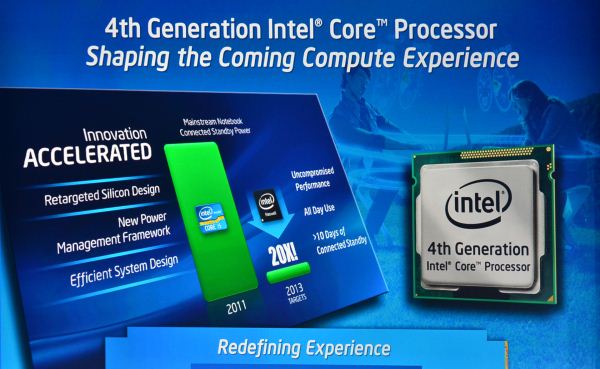



 Quote
Quote
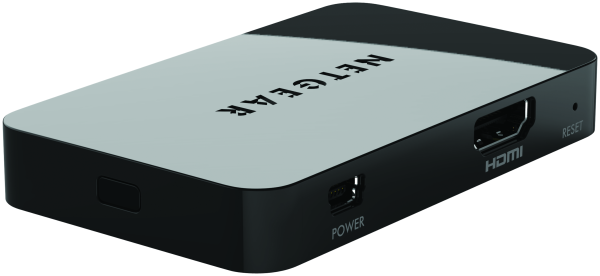



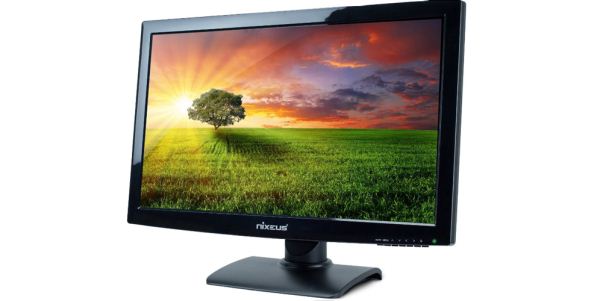
.jpg)
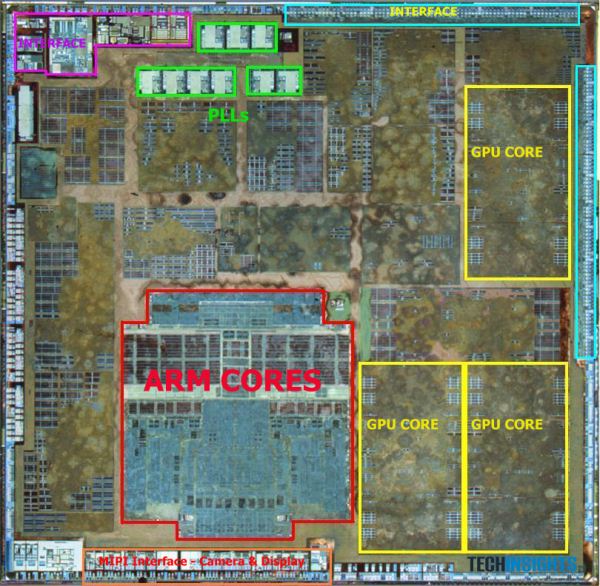
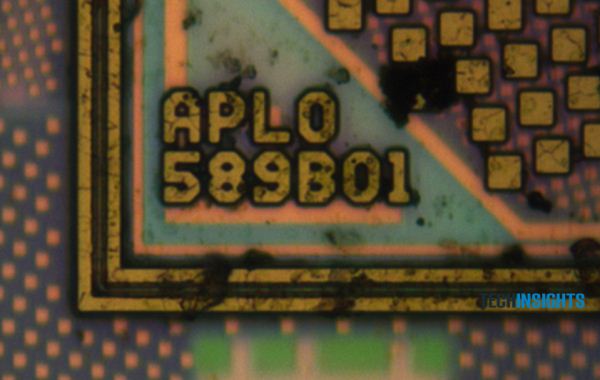

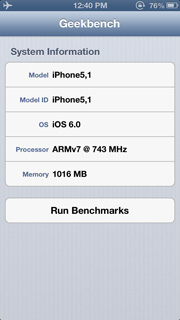

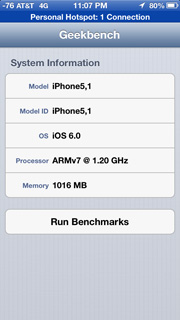


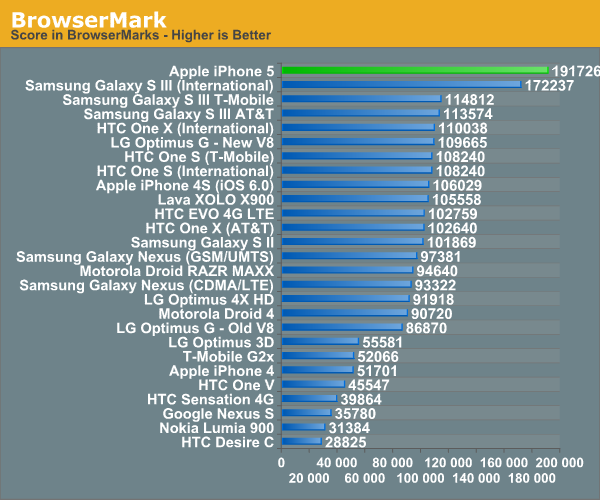
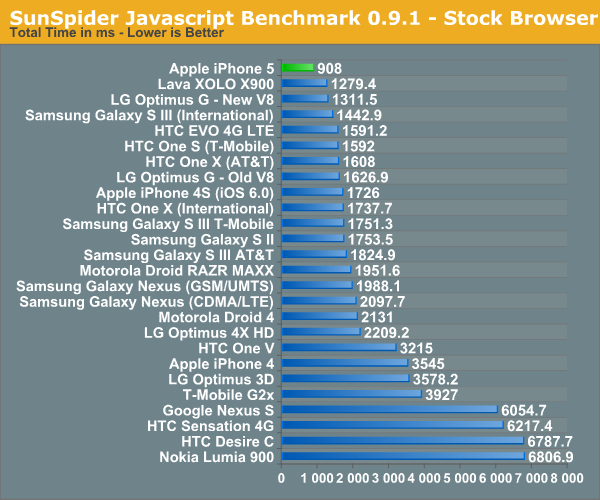
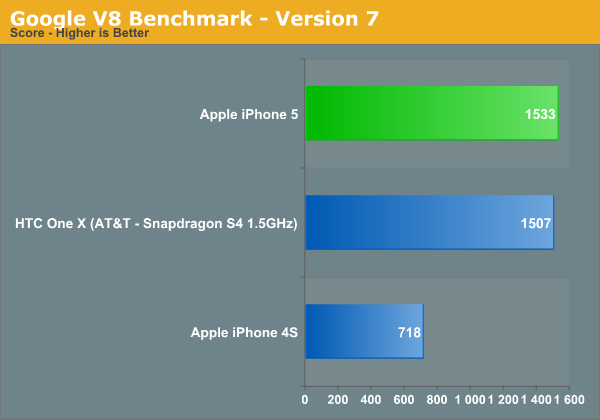
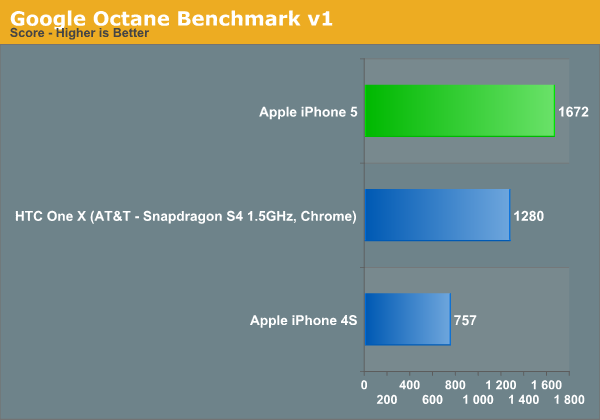

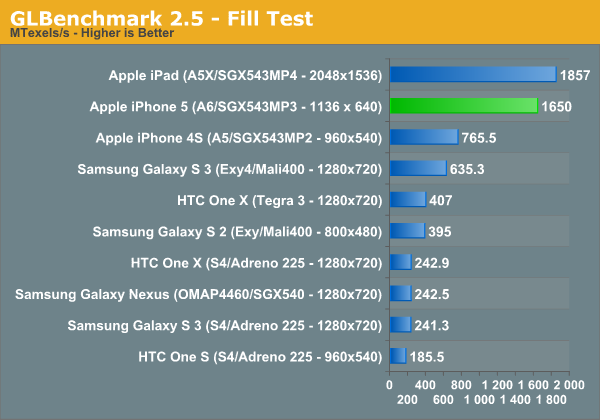
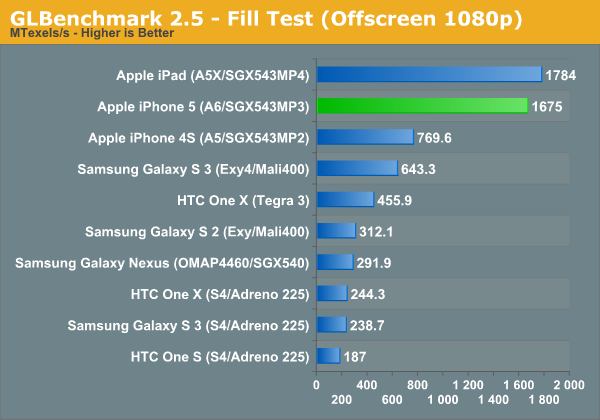
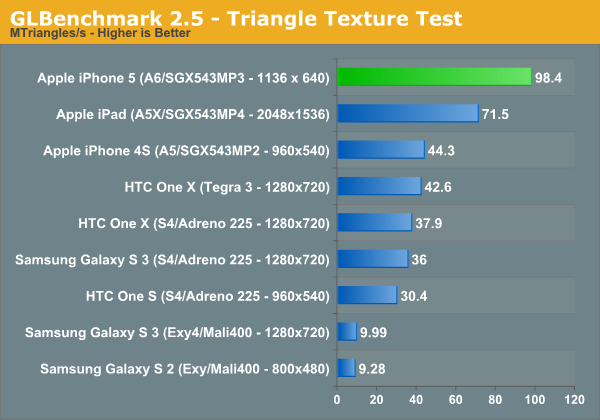
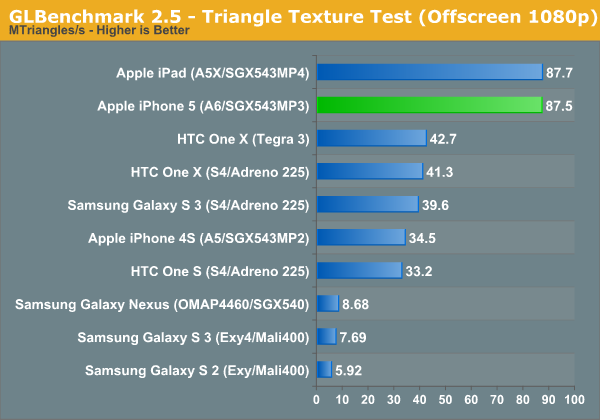
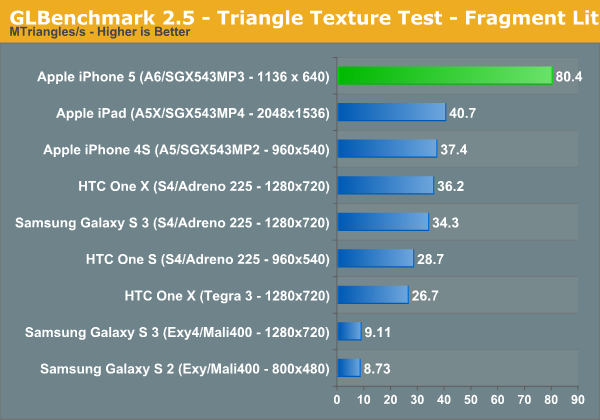
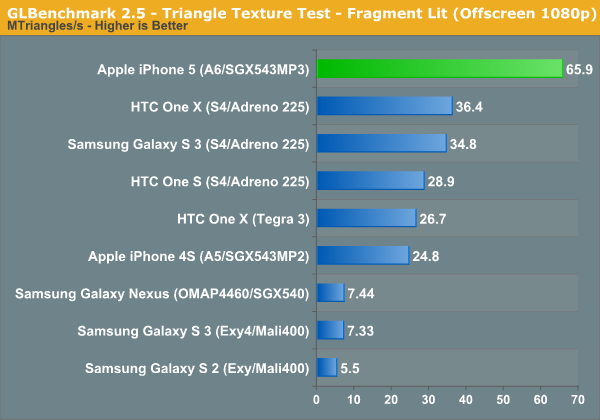
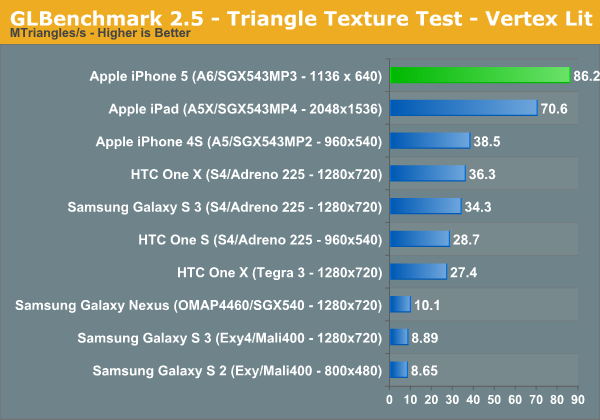
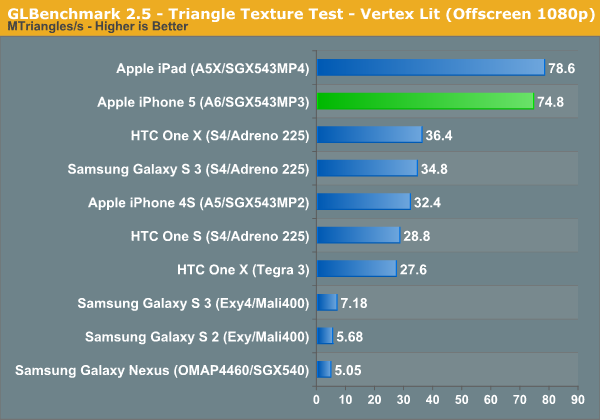
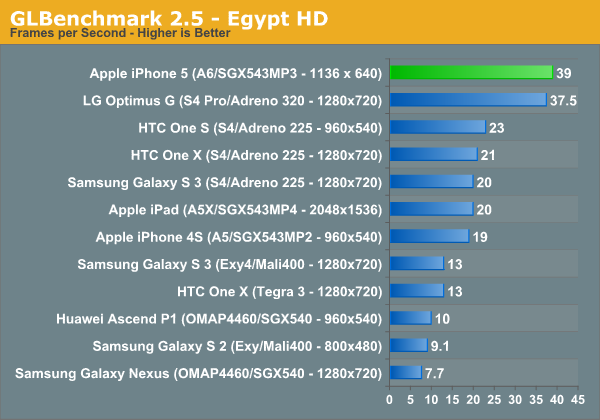
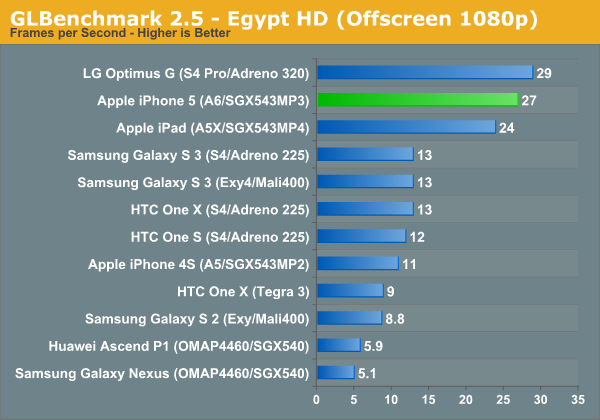
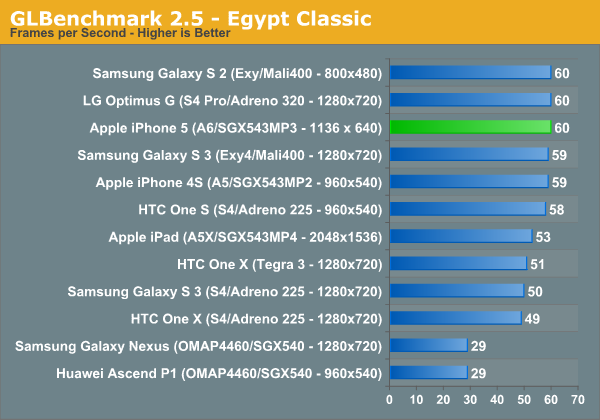


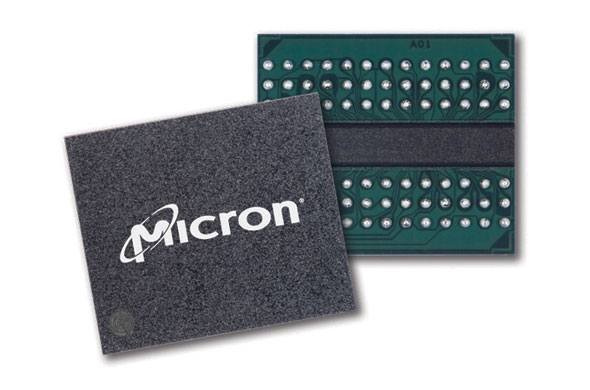
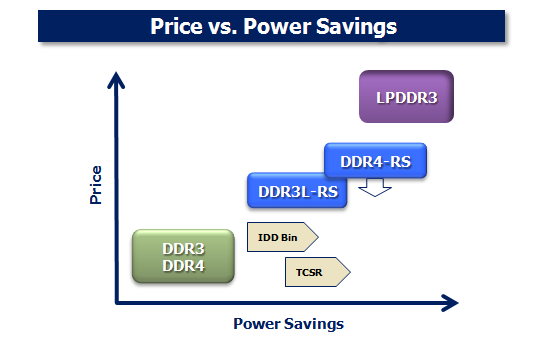

.jpg)
















Bookmarks